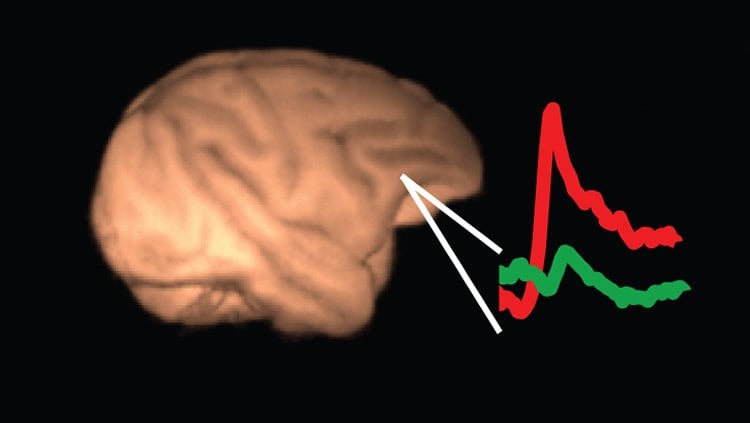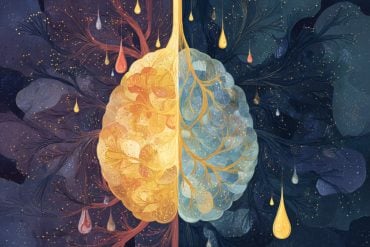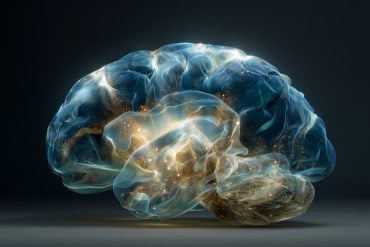At least two regions of the brain decide what we perceive.
People have never been exposed to as many sensory stimuli as they are today. We do not, however, consciously perceive the majority of the sensory impressions that bombard us. Our brain processes these impressions without us noticing. But where does the brain decide which sensory information should reach our consciousness and which should not? Tests on the brains of macaques have shown that neurons in at least two regions of the brain, the temporal and frontal lobes, are responsible for this. Coma patients are among the potential beneficiaries of this research breakthrough.
The cerebral cortex, i.e. the external part of the brain with its grooves and folds, plays a major role in our consciousness. When macaques see something and consciously perceive it, neurons in the temporal lobes of the cerebral cortex are active. This much was already known. However, is this part of the brain really the sole seat of consciousness, or do other areas of the brain also play a role in this process?

Scientists from the Max Planck Institute in Tübingen measured the activity of neurons in the brains of macaques while the animals observed images on a screen. The results show that neurons in one part of the frontal lobe of the cerebral cortex are active when the monkeys are aware of what they have seen. Therefore, this region of the brain appears to play a role in deciding which impressions reach our consciousness.
Thus the content of consciousness is based in two different brain regions. The decision as to which sensory impressions will reach our consciousness is not made by a single region. Instead, neurons from different regions must cooperate for this purpose. With the help of the tests on the monkeys, it is possible to establish how consciousness arises. This knowledge could benefit people with impaired consciousness in the future.
Contact: Press Office – Max Planck Institute
Source: Max Planck Institute press release
Image Source: The image is adapted from the Max Planck Institute press release
Original Research: Full open access research for “Neuronal Discharges and Gamma Oscillations Explicitly Reflect Visual Consciousness in the Lateral Prefrontal Cortex” by Theofanis I. Panagiotaropoulos, Gustavo Deco, Vishal Kapoor, and Nikos K. Logothetis in Neuron. Published online June 2014 doi:10.1016/j.neuron.2012.04.013






